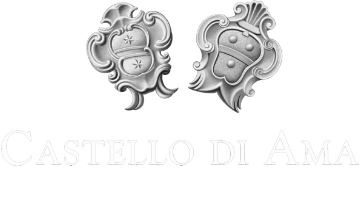Anish Kapoor
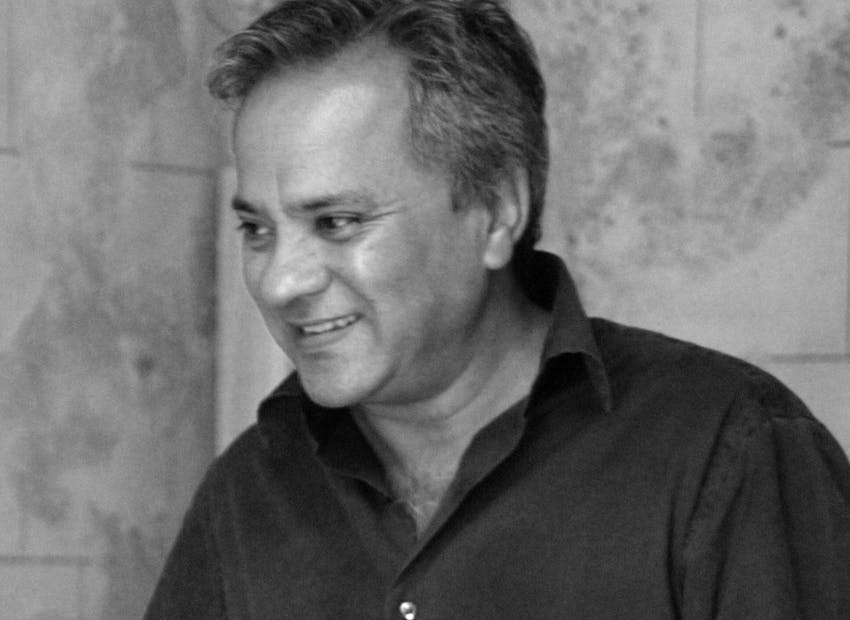
αἷμα
[…] In the little chapel of the Castello di Ama, a luminous circle opens up in the center of the floor, a small bright chasm. Fire and light. Precious substance, as indefinite as it is deceptive, and a certain effect: <<A thing exists in the world because it has mythological, psychological and philosophical coherence.”, says Kapoor in conversation with Homi K. Bhabha and adds: <<That is when a thing is truly made...>>.
We are then confronted with what? What is it that, in our common and leisurely journey, we had the fortune of encountering? What is your need, if any? Kapoor's latest works pose these types of questions. Now, even more than in the Eighties when his work imposed itself in the world and on the art scene, his statement according to which he has "nothing to say, no message to transmit to anyone" sounds pertinent.
In fact, if at the time we could speak of continuous research, rather than systematic, research without solutions of continuity, today, and in particular since the gigantic intervention in 1999 at the Baltic in Gateshead, at that time still under renovation, which had the title of Taratantara, his works appear as signs dropped from the height of the artist's individual consciousness onto the disorganized texture of the current landscape. […]
Pier Luigi Tazzi
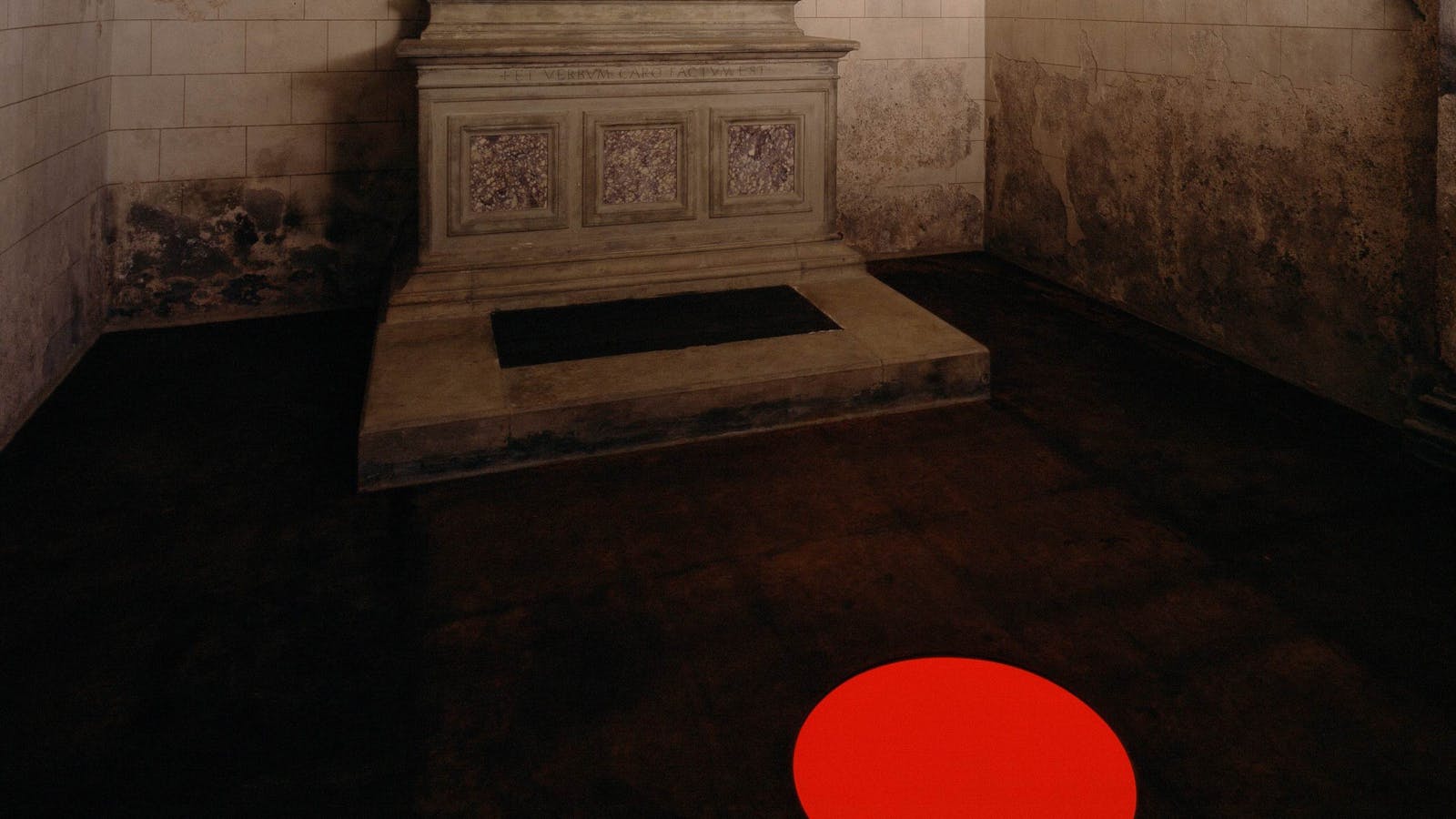
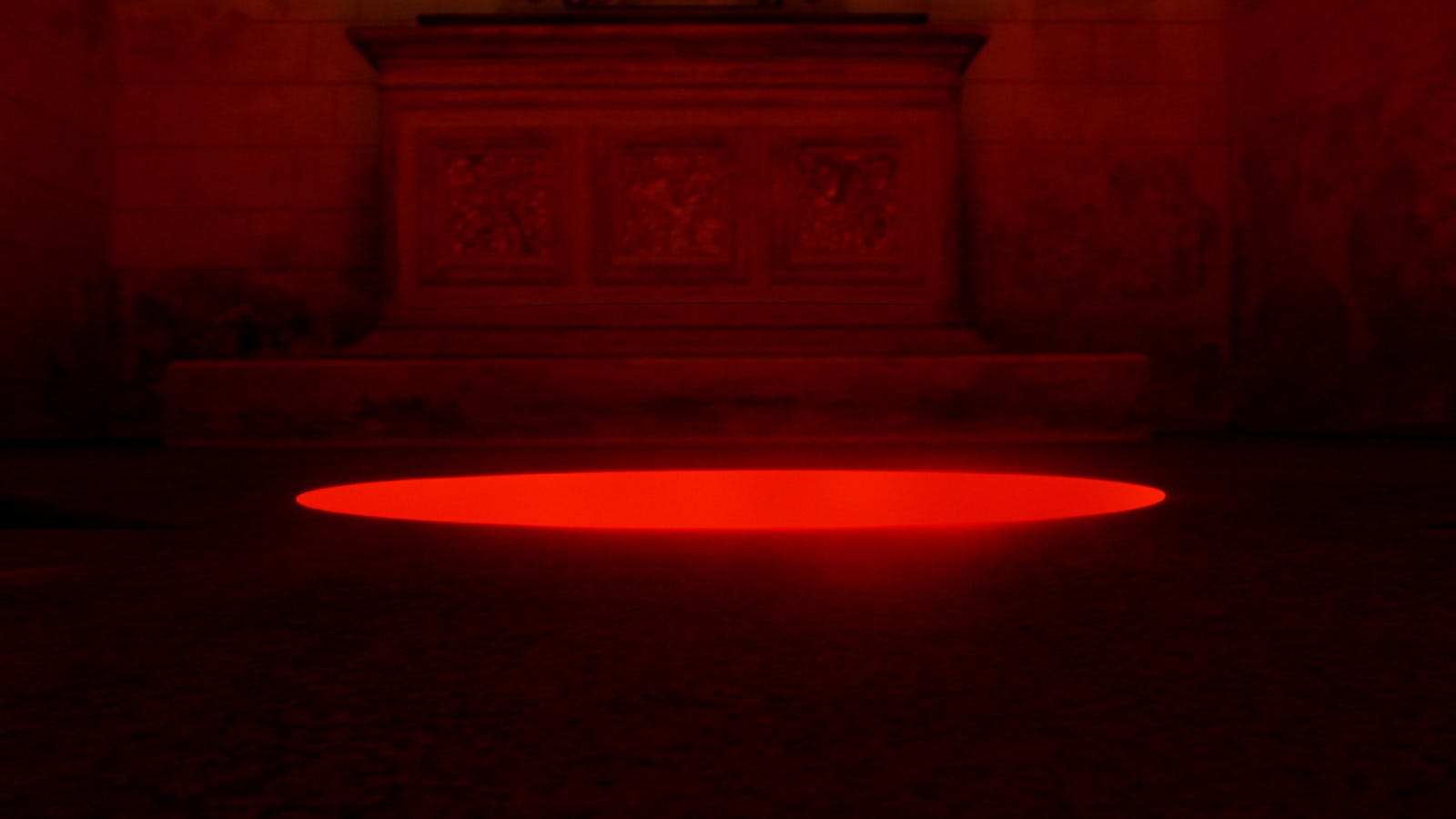
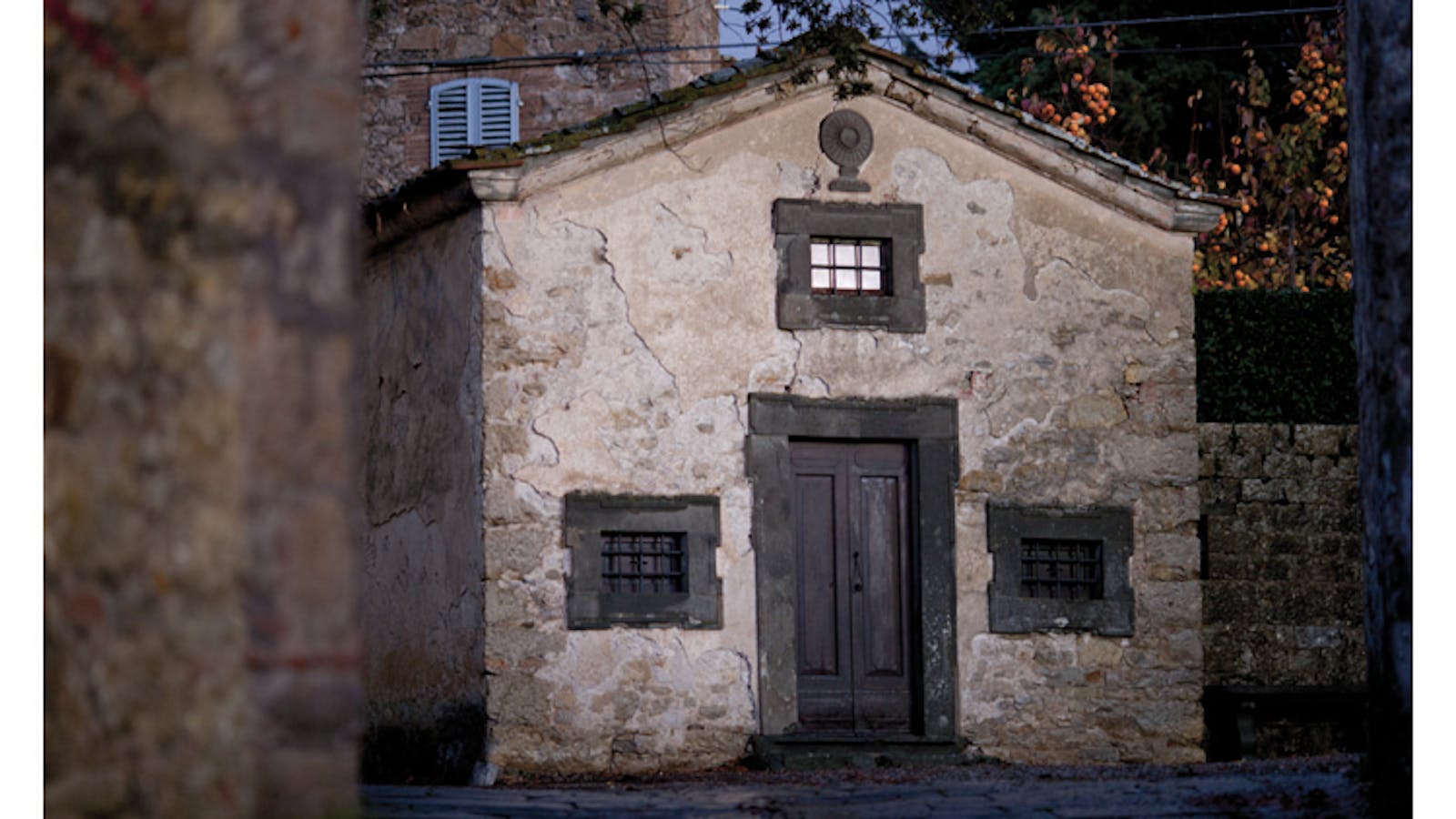
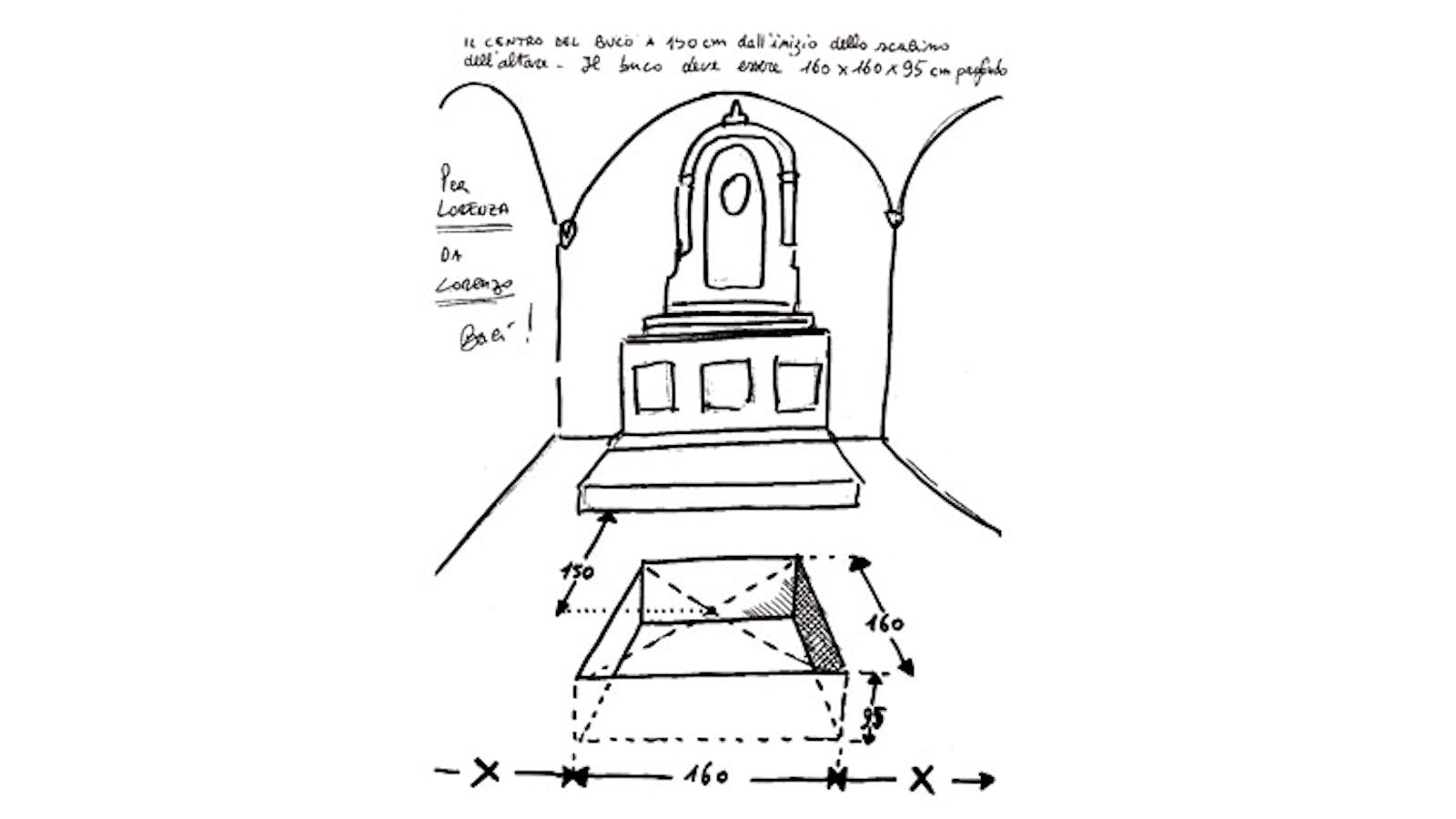
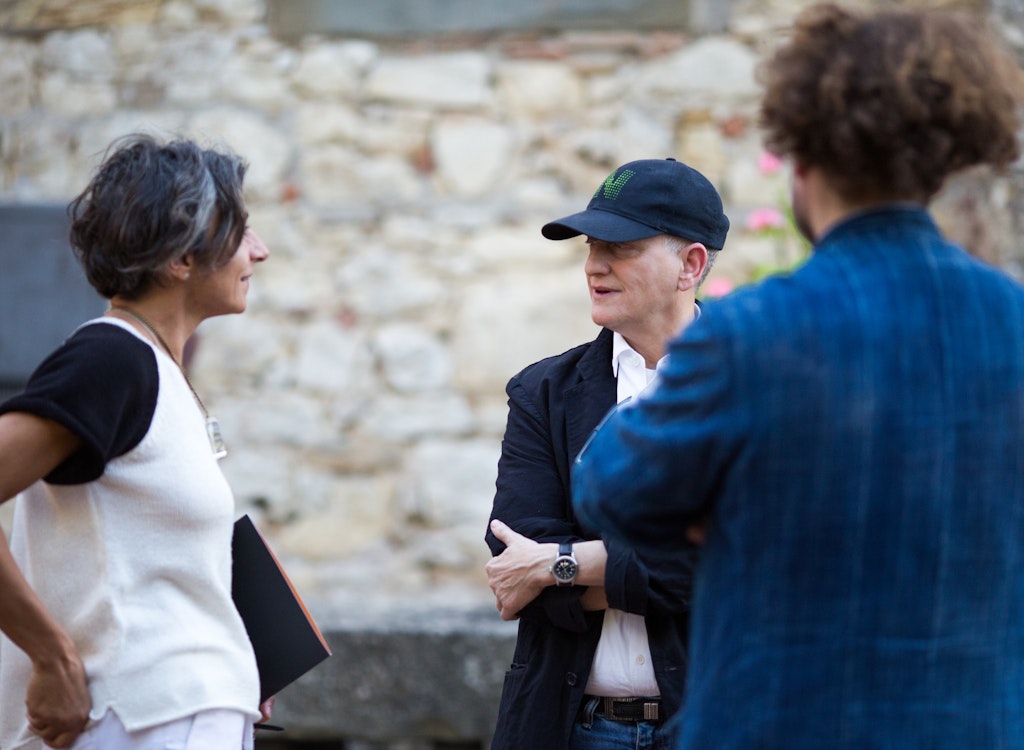
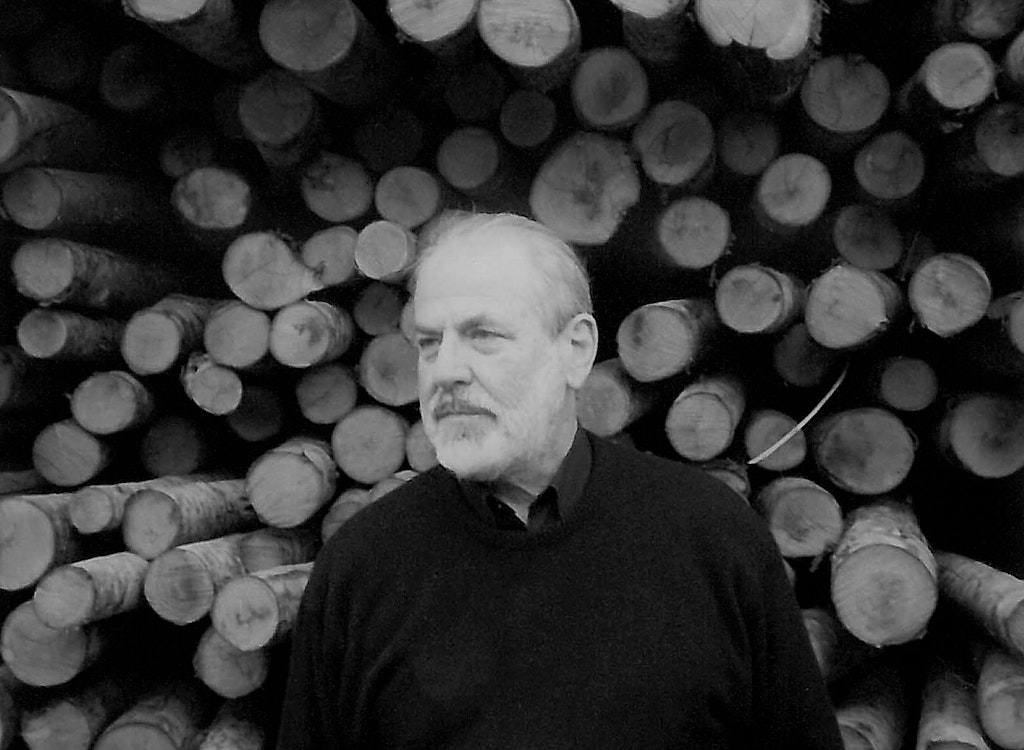 Michelangelo Pistoletto
Michelangelo Pistoletto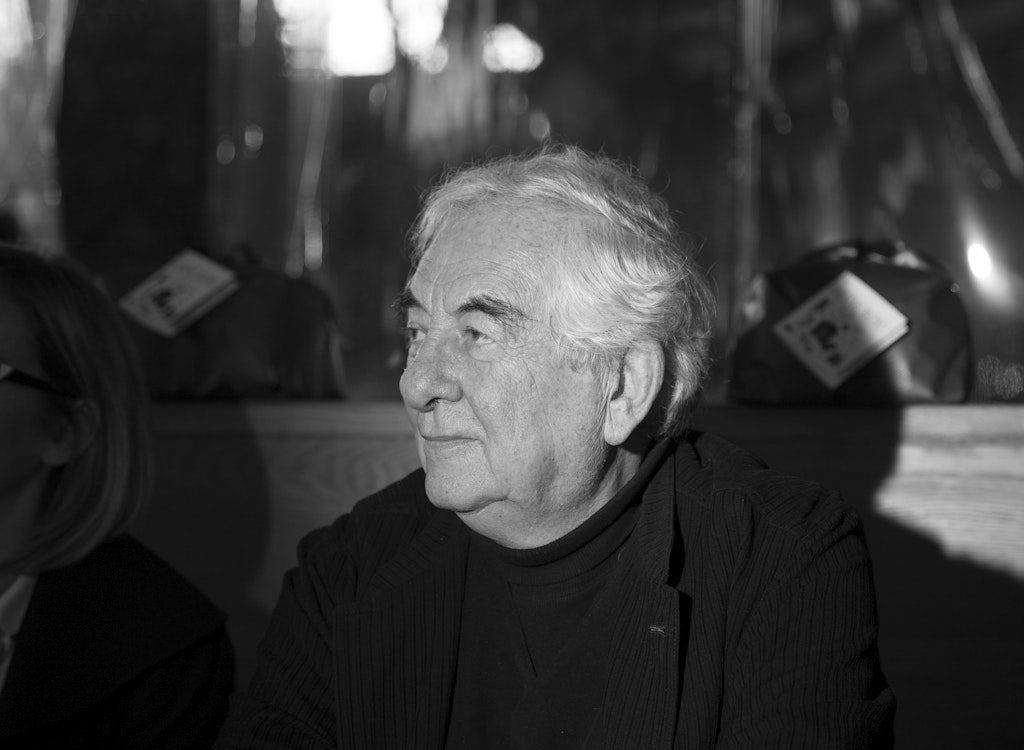 Daniel Buren
Daniel Buren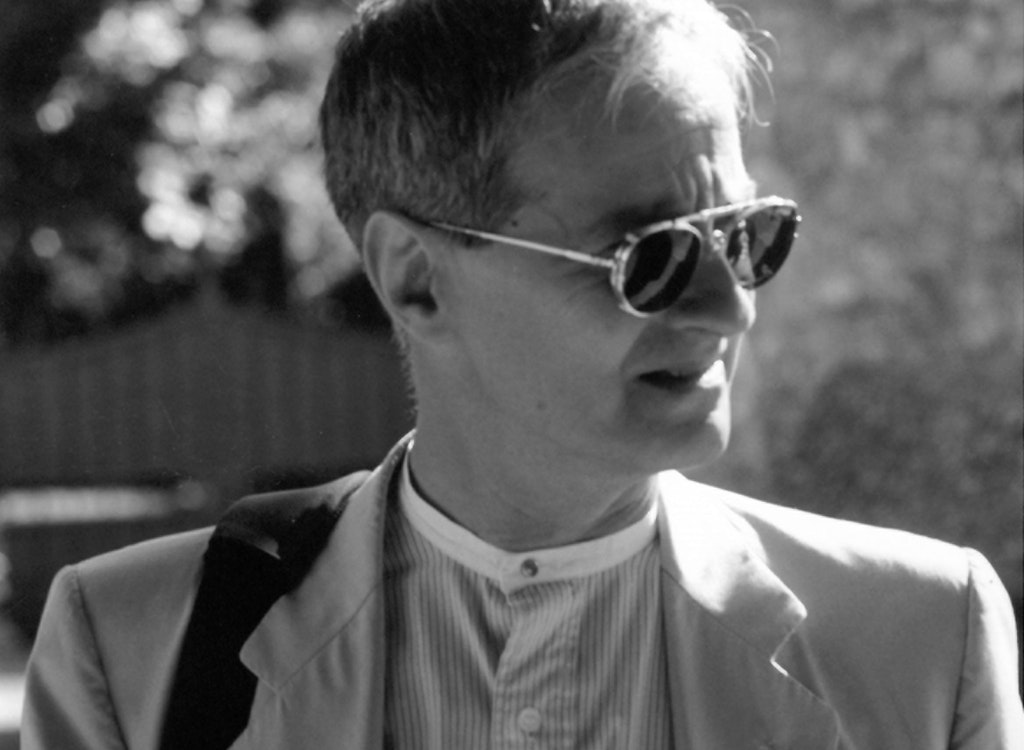 Giulio Paolini
Giulio Paolini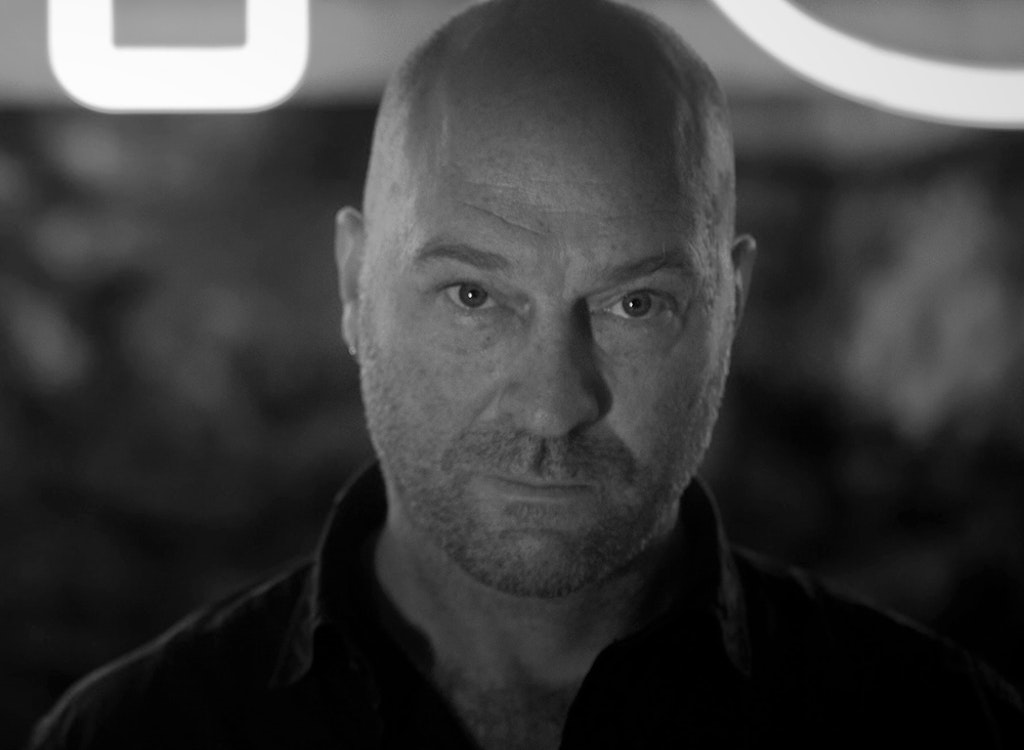 Kendell Geers
Kendell Geers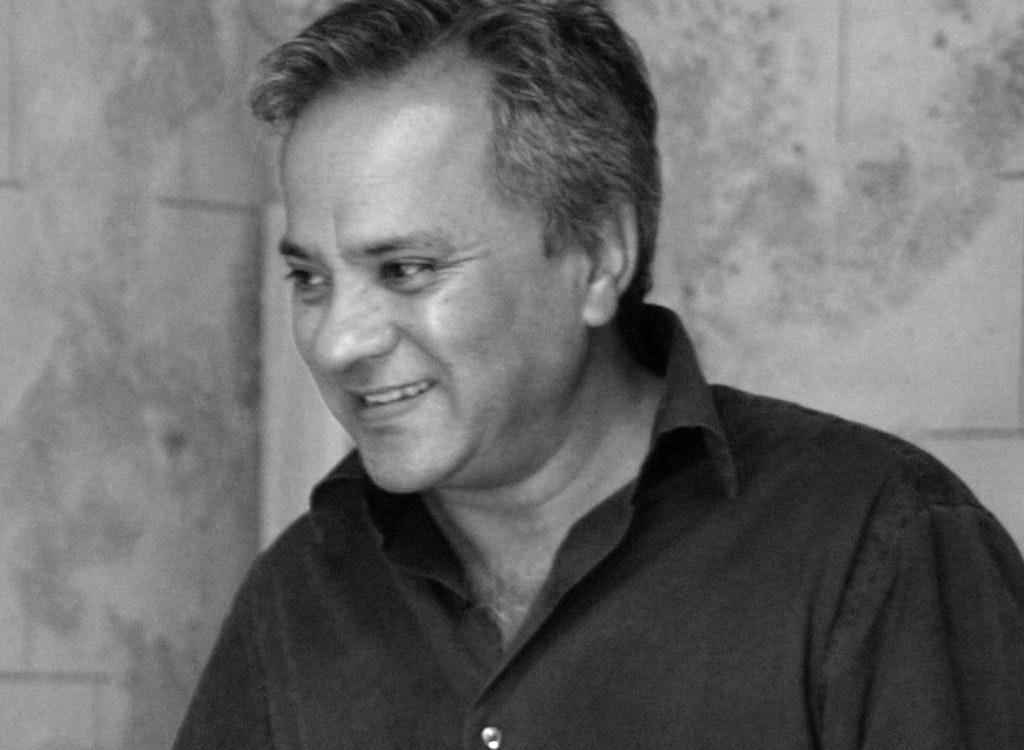 Anish Kapoor
Anish Kapoor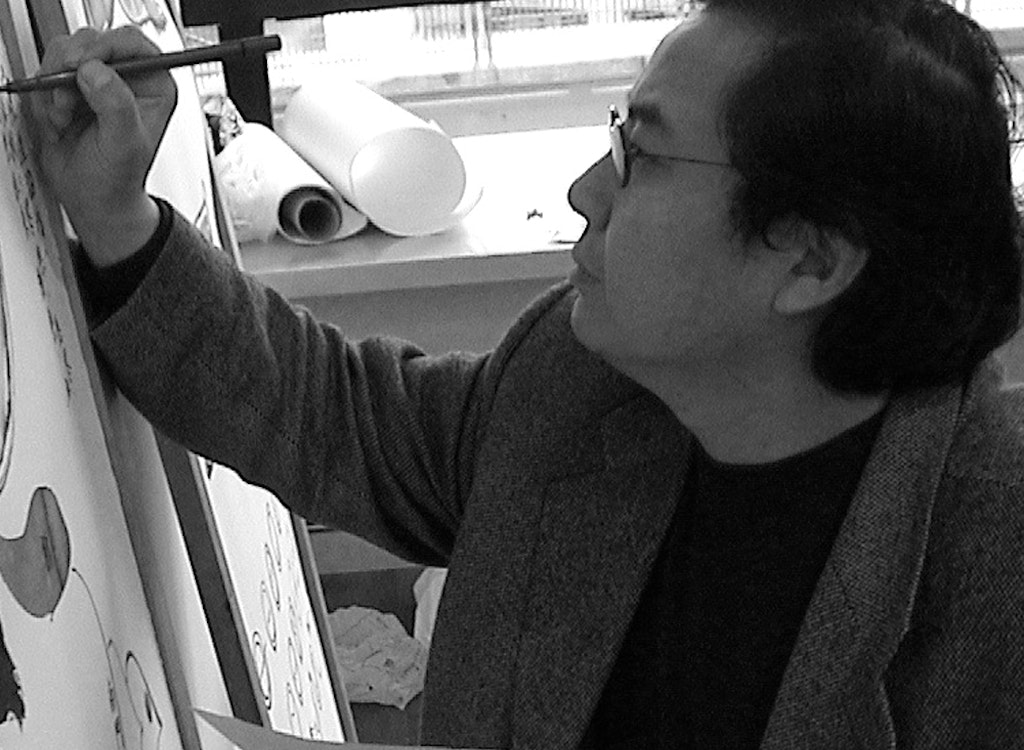 Chen Zhen
Chen Zhen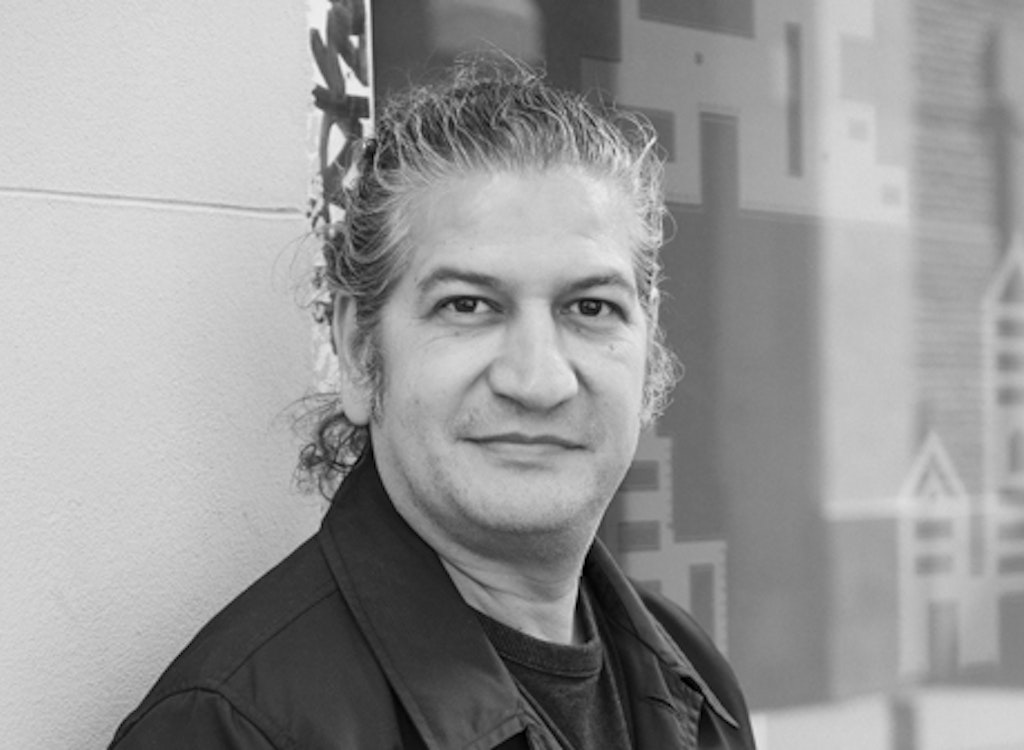 Carlos Garaicoa
Carlos Garaicoa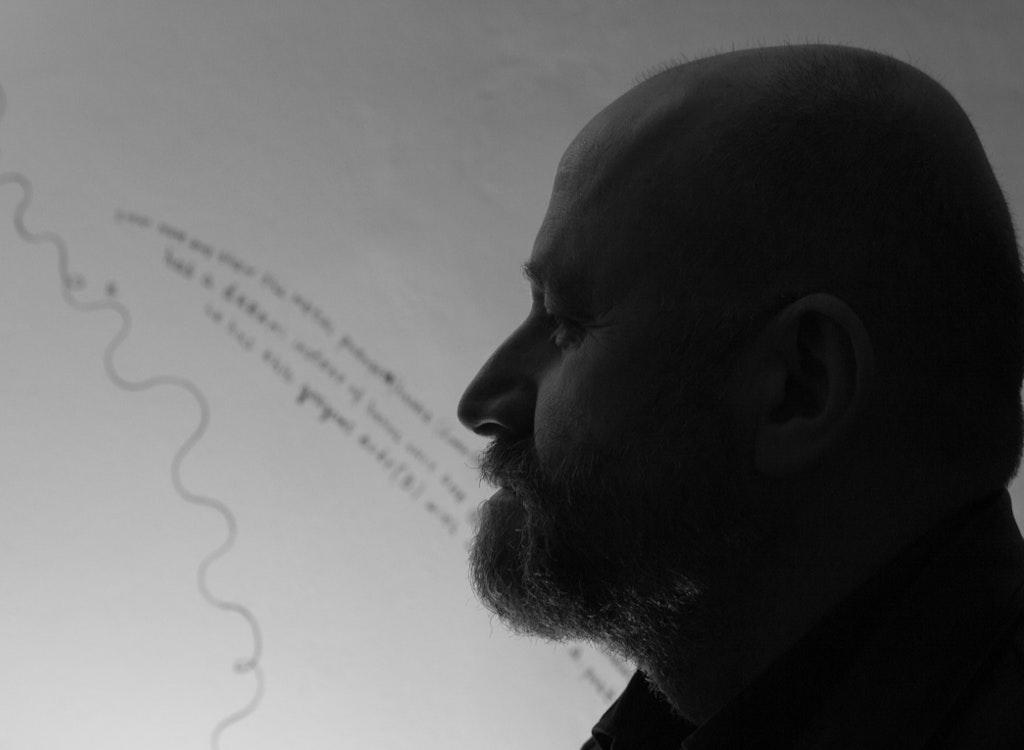 Nedko Solakov
Nedko Solakov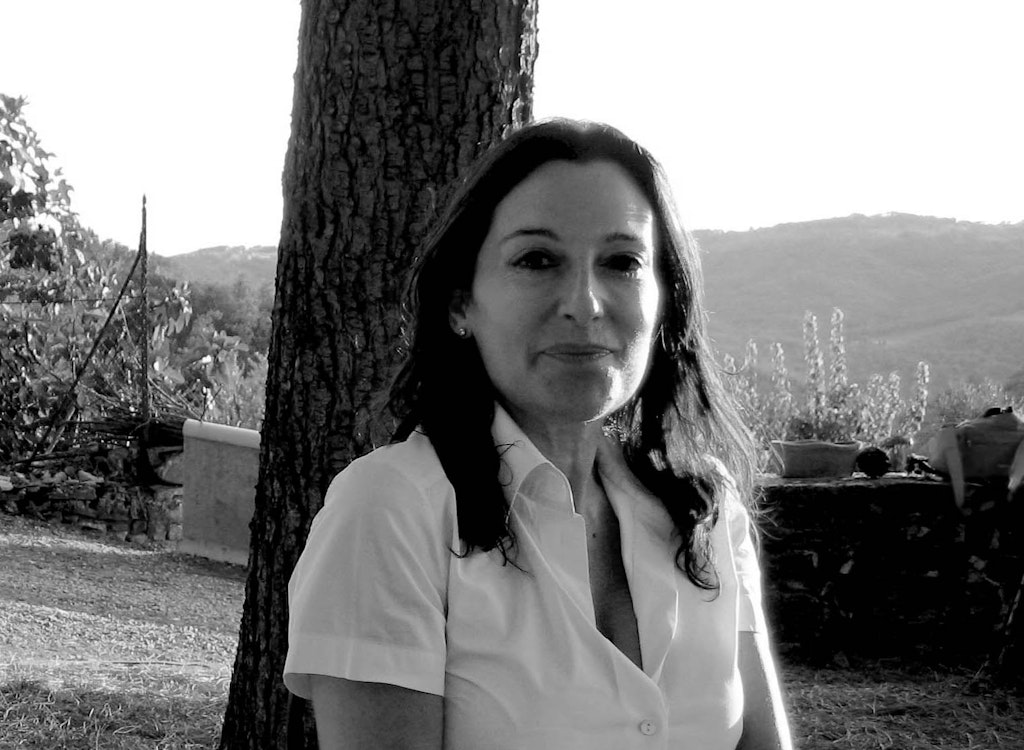 Cristina Iglesias
Cristina Iglesias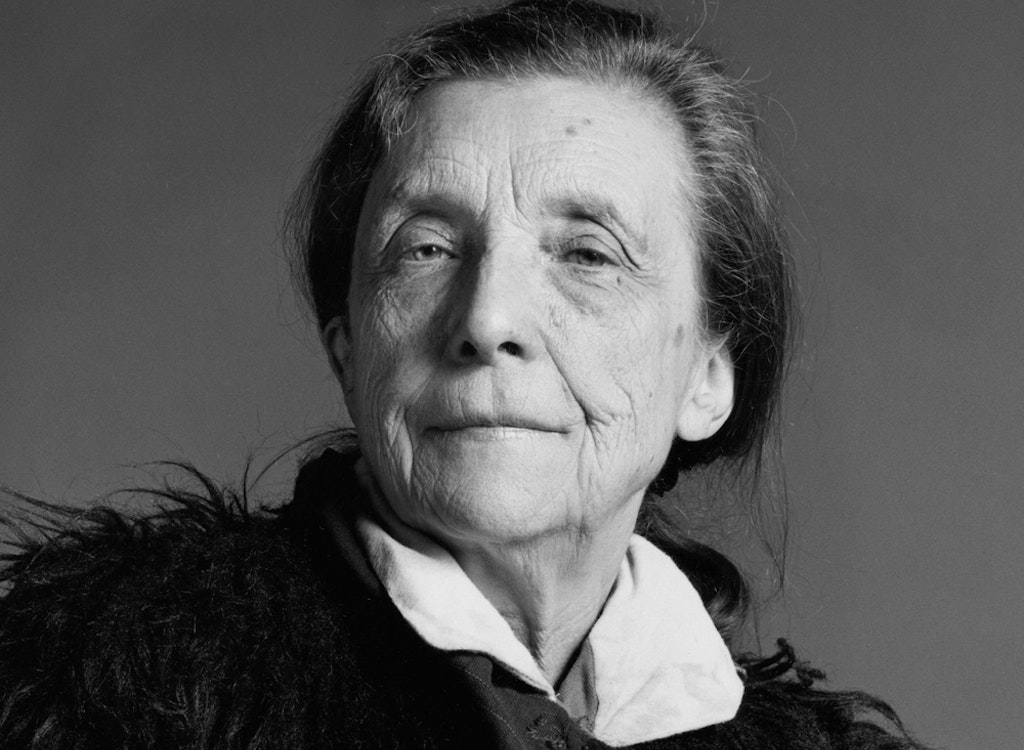 Louise Bourgeois
Louise Bourgeois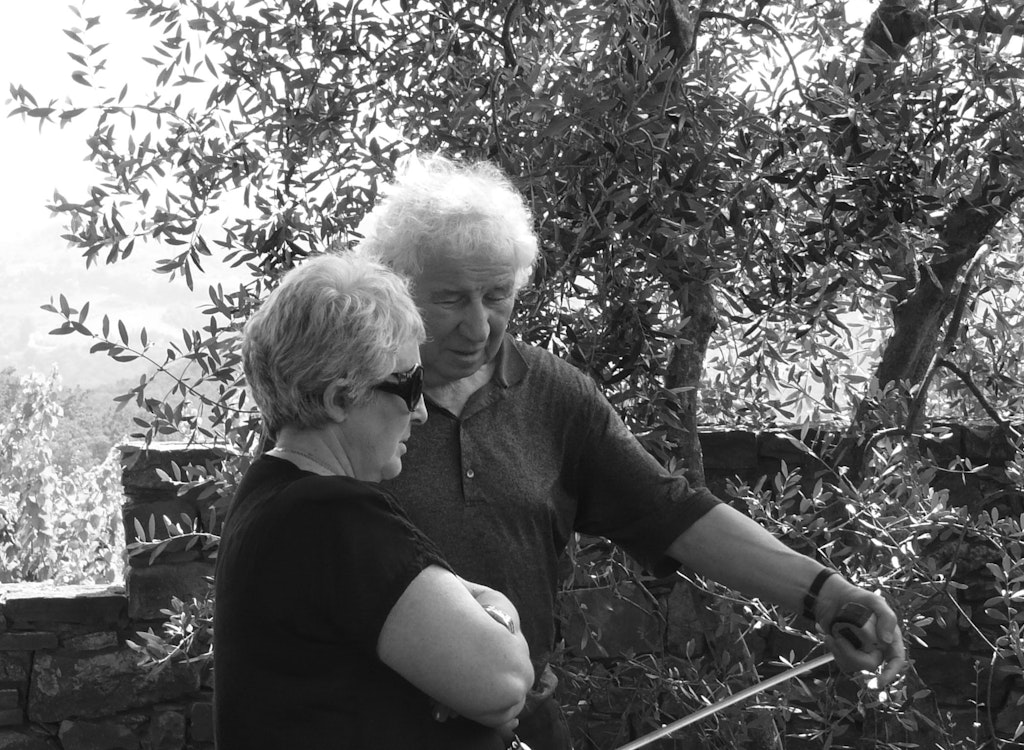 Ilya & Emilia Kabakov
Ilya & Emilia Kabakov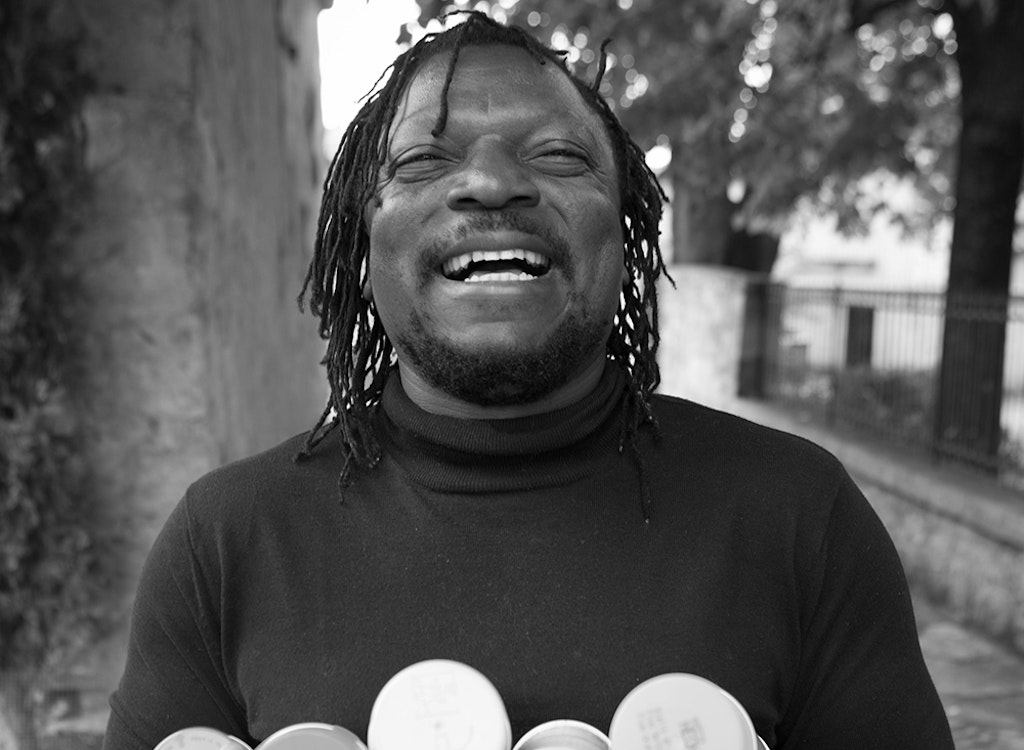 Pascale Marthine Tayou
Pascale Marthine Tayou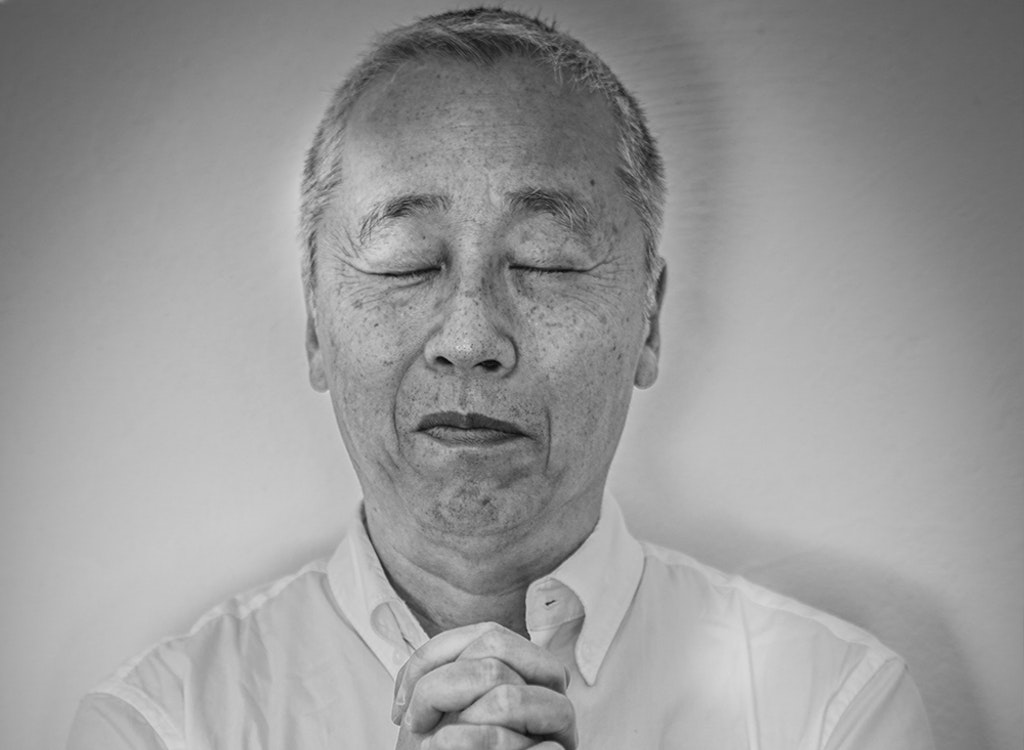 Hiroshi Sugimoto
Hiroshi Sugimoto Lee Ufan
Lee Ufan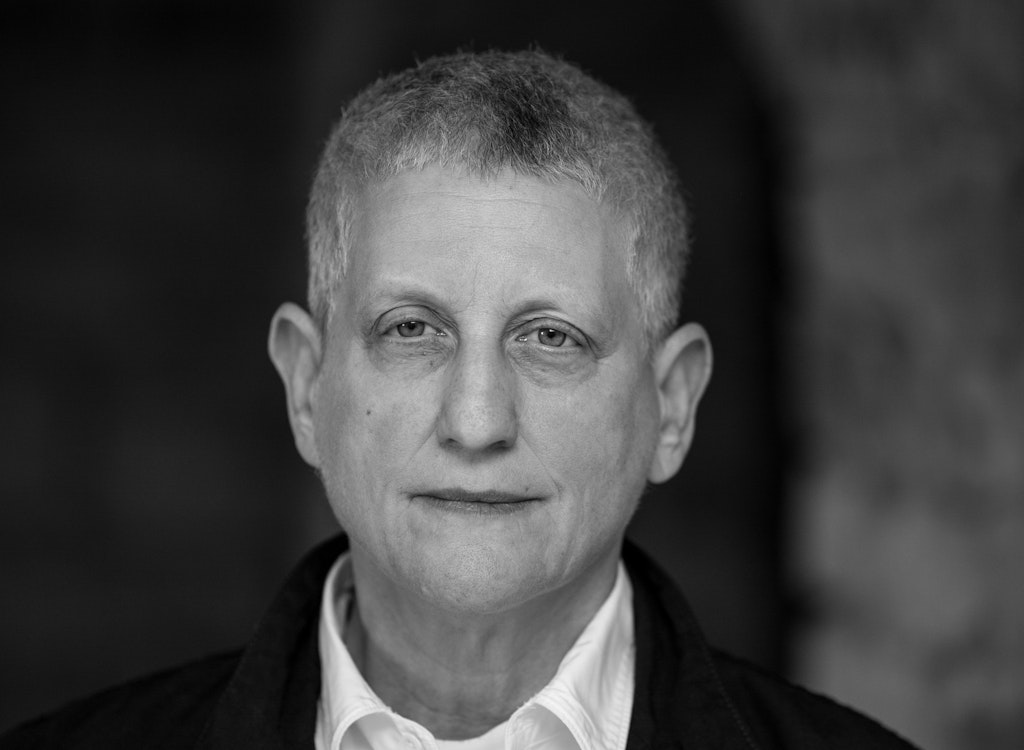 Roni Horn
Roni Horn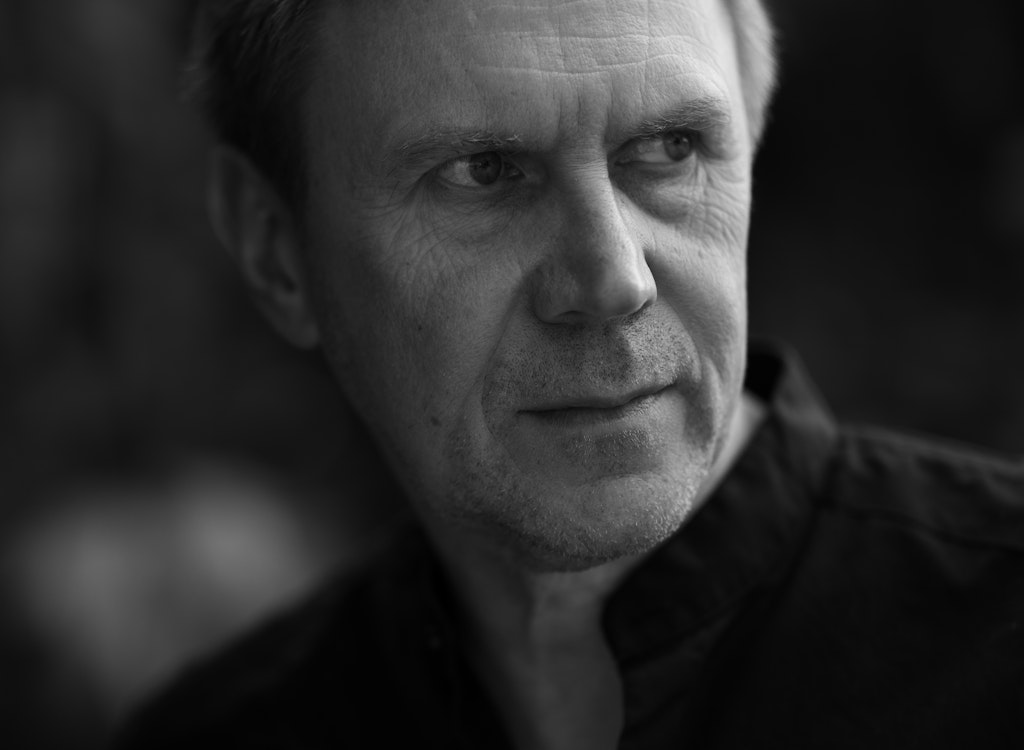 Mirosław Bałka
Mirosław Bałka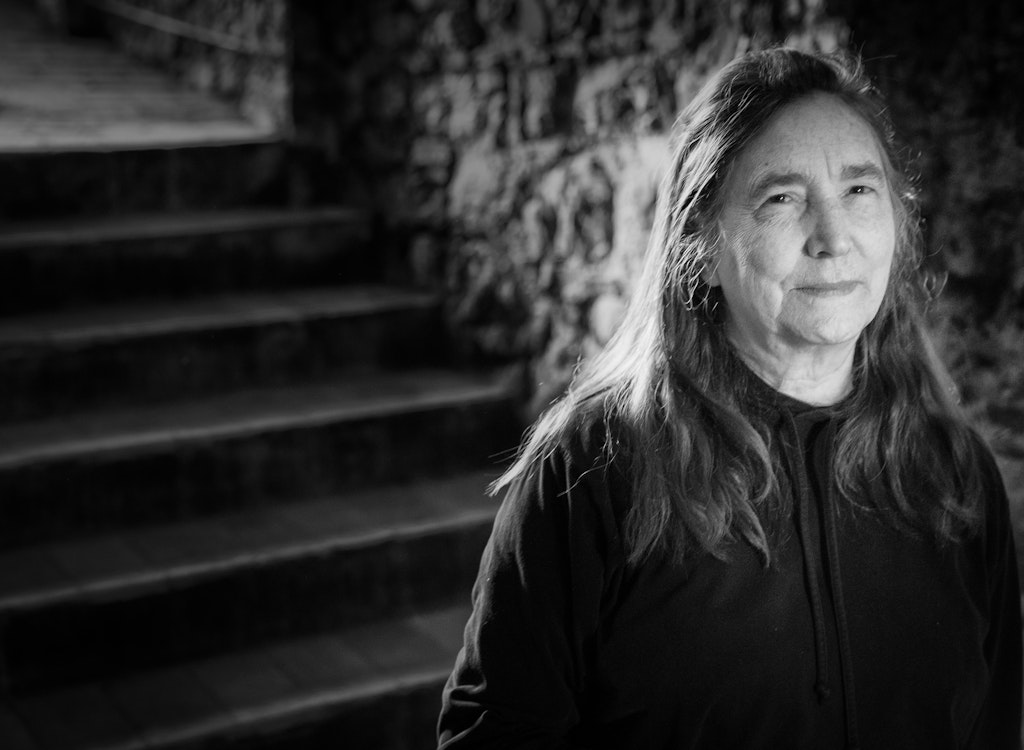 Jenny Holzer
Jenny Holzer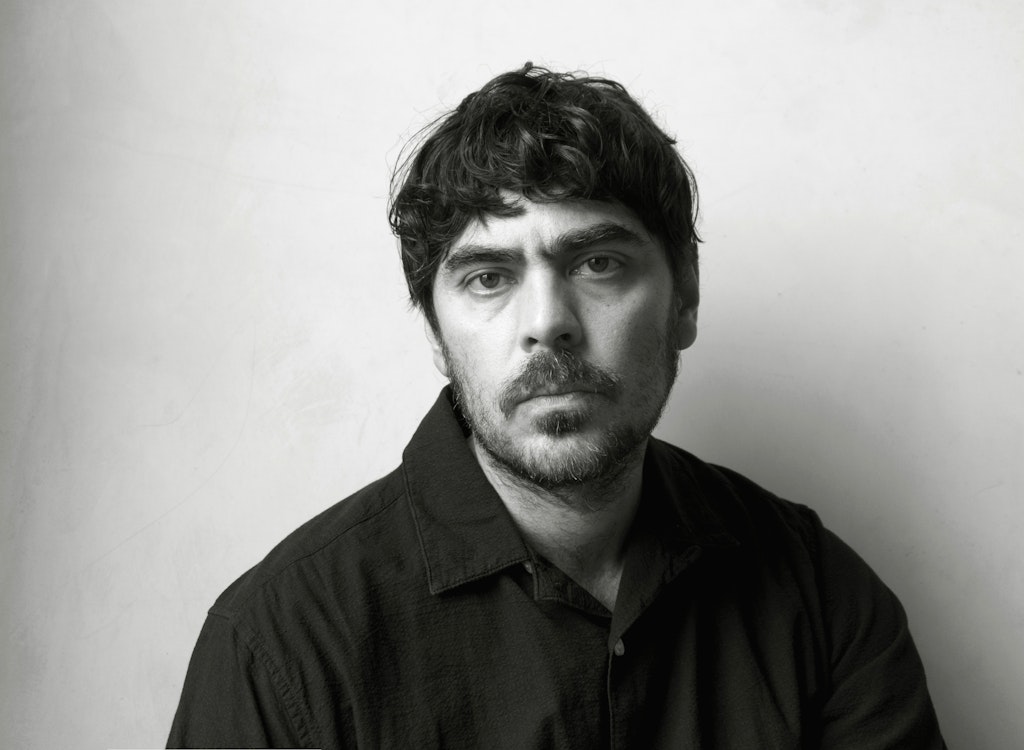 Giorgio Andreotta Calò
Giorgio Andreotta Calò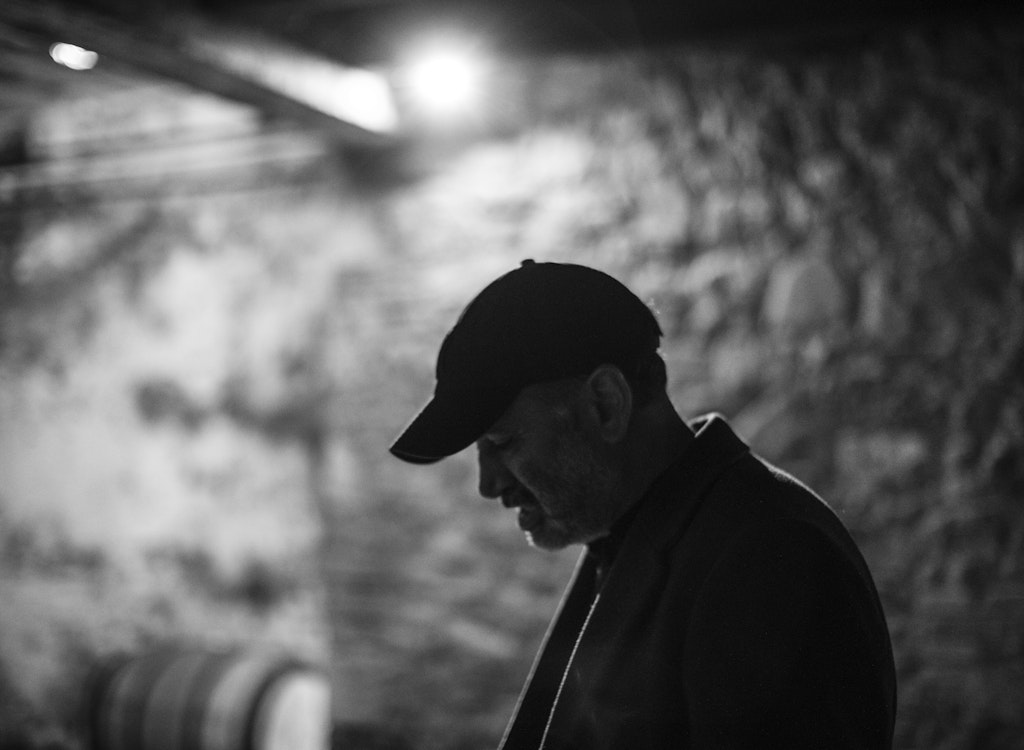 Bosco Sodi
Bosco Sodi